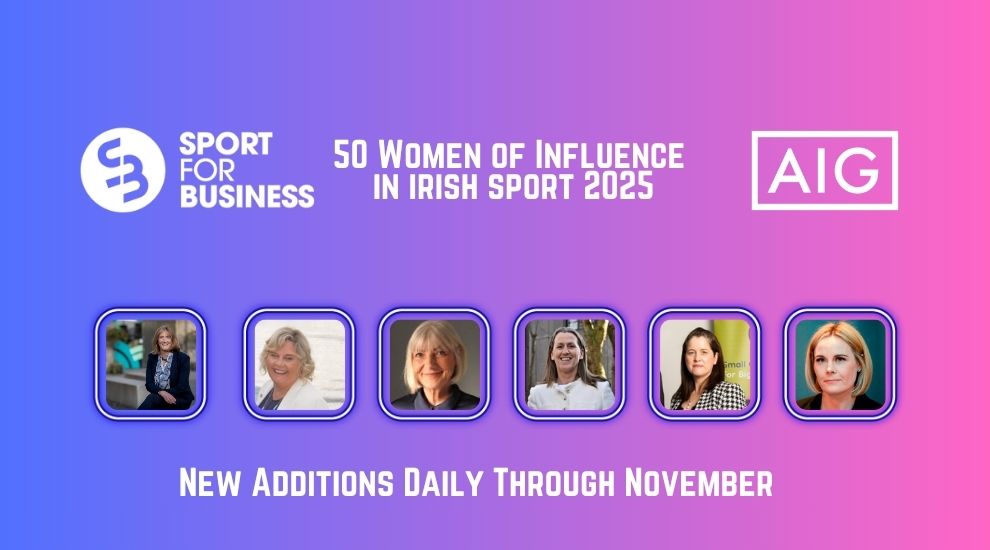
Between the three Associations they generate operating income of well over €120 million but given the position they hold within the lives and communities of Ireland it is worth noting that this represents less than ten per cent of the operating income of a financial institution like Bank of Ireland as an example.
It is difficult to accurately map the income and expenditure of each association against each other because the FAI only publishes summary accounts, in less detail than for the other two but some points of comparison are possible.
The IRFU drew in commercial income in 2012 of €8.8 million, compared to a figure of €17.5 million at the GAA. The latter is further broken down into media income of €9.7 million and sponsorship of €7.1 million. Licensing and franchising produced another €700,000.
Ticket sales generated more for the IRFU off a substantially smaller number of fixtures. This can largely be attributed to the disparity in cost between tickets for matches at Croke Park where the regular price would average out at less than half what it would be for the Aviva Stadium, and with children paying only €5 up to the very final stages of the major competitions.
The real difference lies in the professional versus amateur nature of the games. The GAA can afford to push the bulk of its income back into developing the sport whereas a significant chunk of the money that comes into professional sport goes into the running of the teams and player expenses.
There is no comparable organisation to the GAA in world sport in terms of the relative amount of money drawn into the sport versus the amateur nature of it.
And yet it has to run as a very commercial entity.
The cost of marketing the GAA last year were €1.64 million, almost 30% higher than was spent by the IRFU but spread across a wider range of events and teams.
The amount of money given by government to each of the bodies was broadly similar in real terms but higher as a proportion of income within rugby and soccer.
Each works well to deliver sporting opportunity to individuals and communities throughout the country and delivers far more in terms of engagement and relevance than almost any other sector or group within society.
That they do so while each retaining a small surplus in the past year is worthy of praise but as custodians of sport, their actions do deserve close scrutiny.
In a world where business is always looking for ways to engage with customers, staff, shareholders and multiple other audiences, sport provides many and varied channels in a language that is understood, and via a culture of competition that is embraced almost universally.
It is down to those working in sport, and operating in business to find the most effective ways of doing so, and drawing mutual benefit. Sport for Business is pleased to play some small part in bringing the two sides together.

Sport for Business 20/20 at Ulster Bank HQ (October 8th)
The Business of Youth Sport Seminar (November 28th)

























